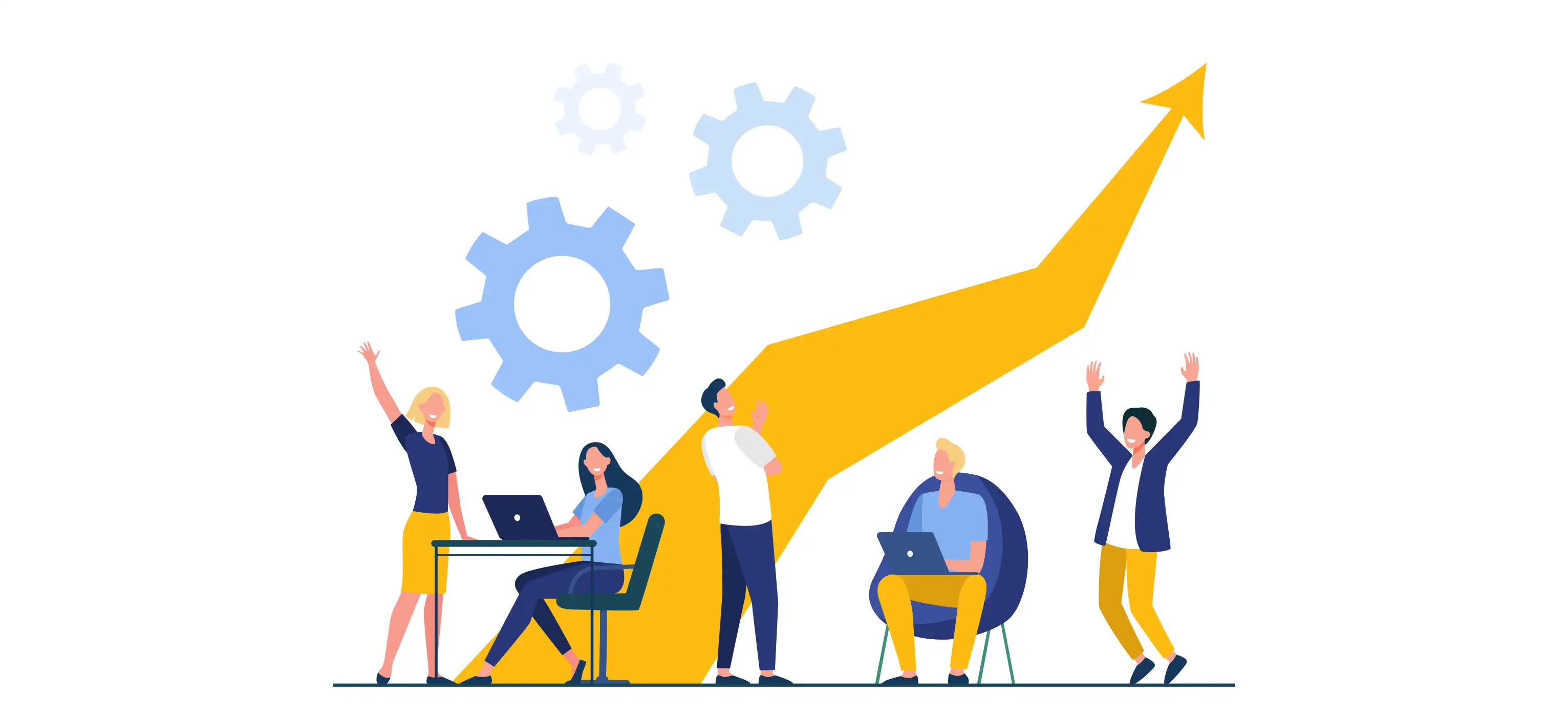 Neena Raj
Dec 05, 2024
Neena Raj
Dec 05, 2024

Effective training is essential for the success and integration of new employees in any organization. The onboarding process sets the foundation for their growth, productivity, and satisfaction in their roles.
This blog will explore the significance of new employee training programs and provide a comprehensive guide to developing a successful training program. From understanding the needs of new employees to implementing effective techniques and overcoming challenges, this guide will equip you with the necessary knowledge and strategies to foster a supportive and productive training environment.
It is crucial to train new employees effectively in order to maximize their productivity, job satisfaction, and long-term retention. The following is a comprehensive guide to achieving that goal:
To ensure the success of your new employee training program, it is crucial to have an extensive understanding of the needs and requirements of your new hires. Now, we will focus on three key aspects: assessing prior knowledge and experience, identifying individual learning styles, and establishing clear expectations.
Before embarking on the training journey, it is important to assess your new employees' existing knowledge and experience. This step allows you to tailor the training program to their specific needs and avoid redundant information. Conducting a thorough assessment will enable you to identify knowledge gaps and provide targeted training in those areas. It also allows you to recognize the valuable skills and experiences your new employees bring to the table, facilitating their integration into the organization.
Check out: Importance of Employee Training
Individuals have diverse learning styles and preferences for acquiring new information. Some individuals are visual learners who benefit from visual aids and demonstrations, while others are auditory learners who grasp concepts through verbal explanations. Some kinesthetic Learners learn best through hands-on activities. By identifying the learning styles of your new employees, you can customize the training materials and delivery methods to maximize their comprehension and retention of information.
Clear communication of expectations is vital for new employees to understand what is expected of them in their roles. This includes outlining performance standards, job responsibilities, and company policies. Clearly defined expectations help set a foundation for success, as new employees can align their efforts and goals with those of the organization. Providing a transparent and well-defined framework not only aids in their training but also enhances their confidence and sense of purpose within the company.
Check out: The Importance of Soft Skills in the Workplace
Before diving into the training process, proper preparation is key to ensuring a smooth and effective onboarding experience for new employees. Creating new employee training programs that outline the objectives, content, and timeline is crucial.
Gathering all the necessary resources, such as training materials and equipment, ensures that everything is readily available when needed. Allocating dedicated time and space for training helps minimize distractions and creates an environment conducive to learning. By prioritizing these preparations, you can lay a strong foundation for a successful training program that sets new employees up for success.
A well-structured training program is crucial for effectively introducing new employees to their roles and responsibilities. Let's explore three key components of structuring a training program.
The orientation and onboarding process is the initial phase of introducing new employees to the organization's culture, values, and policies. It includes providing an overview of the company's mission and vision, introducing key personnel, and familiarizing new employees with important procedures and protocols. This stage sets the foundation for successful integration and creates a positive first impression.
Check out: Best Employee Training Methods
Job-specific training focuses on providing new employees with the knowledge and skills required to perform their specific job responsibilities. This training may include detailed explanations of tasks, hands-on demonstrations, and supervised practice sessions. It aims to equip new employees with the necessary tools and expertise to excel in their roles and contribute to the organization's objectives.
Cross-functional training expands beyond job-specific skills and exposes new employees to different departments and roles within the organization. It fosters a broader understanding of how different functions interconnect and collaborate. Cross-functional training encourages teamwork, enhances communication, and promotes a holistic view of the organization. It also enables employees to develop a diverse skill set and fosters a collaborative work environment.
Check out: What Is On-the-Job Training?
Implementing effective training techniques is essential to maximize the learning and development of new employees. These effective training techniques include:
Regularly assessing the progress of new employees is crucial to ensure their development and identify areas for improvement. By conducting evaluations and assessments at specific milestones, organizations can gauge the proficiency of new employees in their roles. Knowledge checks, quizzes, and feedback surveys from trainers and mentors can provide valuable insights into their learning and growth.
Adjusting training programs based on feedback and tailoring training to address individual needs helps optimize the training process and support new employees in their professional development. Continuous assessment and improvement contribute to the success and long-term growth of individuals and organizations.
Check out: The Importance of Microsoft Office Products in a Workplace
New employee training can come with a range of challenges. Here's a look at some common challenges and strategies to overcome them:
A well-structured and effective new employee training program is vital to the success and integration of new hires. By understanding their needs, implementing effective techniques, assessing progress, and overcoming challenges, organizations can empower new employees, foster growth, and contribute to overall organizational success. A strong training foundation sets the stage for long-term employee engagement and productivity.
Here is a list of other major locations where Edoxi offers Corporate Training
Corporate Training in Qatar | Corporate Training in Muscat | Corporate Training in Dubai | Corporate Training in Medina | Corporate Training in Dammam | Corporate Training in Jeddah | Corporate Training in Cairo | Corporate Training in London |

Neena Raj is an expert trainer with 24 years of experience in enhancing organizational performance through HR, soft skills, and productivity training. Her areas of expertise include organizational behavior and team dynamics, cross-cultural communication, performance management systems, and life coaching and development.
Neena has an MBA in Sales and Marketing from Loyola College, a Diploma in Psychological Counselling, and is currently pursuing a PhD in Psychology. She is also a Certified NLP Trainer and holds several other certifications, including Certified Human Resource Professional (CHRP), Certified Human Resource Manager (CHRM) and Total Quality Management Certification.
Her specialisations include public speaking, emotional intelligence training, Time Management, Leadership Skills and UAE labour law. Neena has delivered public speaking training for many of Dubai’s leading companies and government entities, including the Dubai Health Authority (DHA), Emirates Airlines, DP World and Dubai International Hotel.